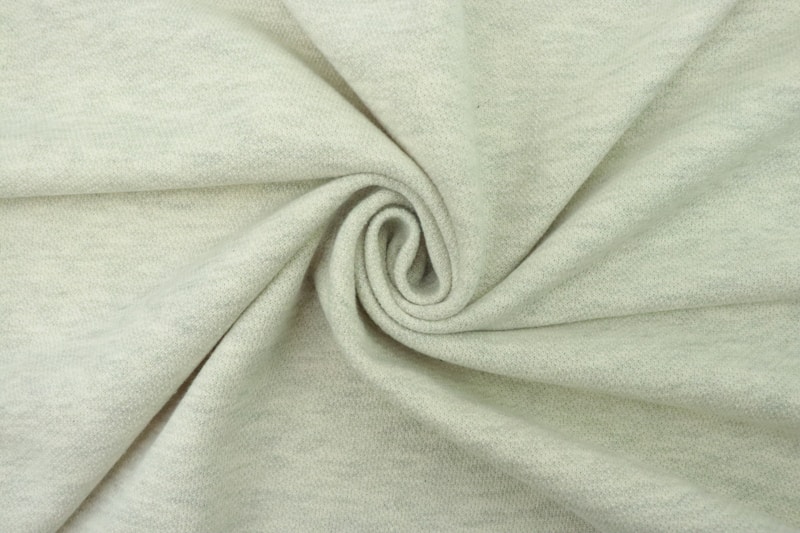Mixing and Matching Fabric Elements for a Unique Gown: A Comprehensive Guide
Mixing and Matching Fabric Elements for a Unique Gown: A Comprehensive Guide
Transform Your Gown with Creative Fabric Combinations
Are you dreaming of a gown that stands out at your next event? The secret to achieving a stunning, one-of-a-kind dress lies in mixing and matching fabric elements. This article will guide you through the art of fabric combination, ensuring your gown is not only beautiful but also reflects your personal style. From understanding fabric types to tips for effectively combining them, we have you covered!
Understanding Fabric Types
Before diving into the mixing and matching process, it's vital to have a basic understanding of different fabric types. Each material lends a unique aesthetic and texture to your gown. Here are some of the most popular fabric types:
| Fabric Type | Characteristics | Best Used For |
| Silk | Luxurious, smooth, and drapes beautifully. | Evening gowns and formal dresses. |
| Chiffon | Lightweight, sheer, and flowy. | Layering and creating ethereal looks. |
| Organza | Stiff, sheer, and holds shape well. | Structured designs and dramatic details. |
| Lace | Delicate patterns and textures. | Adding elegance and romance to any gown. |
| Velvet | Soft, rich, and luxurious. | Winter gowns and evening wear. |
| Cotton | Durable, breathable, and versatile. | Casual and comfortable dress styles. |
Mixing Fabric Elements: Where to Begin?
Once you have a grasp on the types of fabric available, it's time to consider how to combine them for a unique gown. Here are some approaches:
1. Color Coordination
When combining fabrics, start with a cohesive color palette. Balance bold colors with neutral shades to create visual interest without overwhelming the design. For example, pairing a deep navy silk with a soft nude lace can create a stunning contrast.
2. Texture Play
Textures can dramatically affect the overall look of your gown. Mixing a smooth fabric, like satin, with a textured fabric, like chiffon or lace, adds depth and dimension. Consider a gown that features a velvet bodice with chiffon sleeves; the contrast will be eye-catching.

3. Understanding the Flow and Structure
When matching fabrics, consider how each one will contribute to the flow and structure of the gown. Stiffer fabrics like organza can help to create defined shapes, while lighter fabrics like chiffon can enhance the gown's fluidity. An ideal design might combine a structured bodice with a flowing skirt for a charming silhouette.
4. Layering Techniques
Layering different fabrics can create a unique and dynamic visual effect. Think about using lace over a solid fabric, or mixing a sheer fabric with a heavier base. This technique not only adds visual interest but can also enhance comfort, as layering can provide additional support or coverage.
Inspiration and Ideas
Still unsure where to start? Here are some creative ideas to inspire your fabric combinations:
1. Bohemian Chic
Combine floral-patterned chiffon with a solid cotton base to create a relaxed, bohemian gown. Add a lace overlay to enhance the feminine touch, and finish with earthy tones for a natural feel.
2. Glamorous Evening Wear
For a glamorous look, consider pairing luxurious silk with delicate lace detailing. A silk gown with a lace bodice and sleeves can elevate your style for an evening event, providing elegance without sacrificing comfort.
3. Modern Minimalism
In a minimalist approach, select two contrasting fabrics in a monochromatic color scheme. For instance, pair a structured satin with soft georgette for a look that speaks to contemporary sophistication. The simplicity can be stunning and versatile for various occasions.
Caring for Your Combined Fabrics
Mixing and matching fabrics also requires consideration of care instructions. Each fabric may have different washing and drying needs. Here are some tips:
- Read Labels: Always check the care label for instructions specific to each fabric.
- Hand Wash: For delicate fabrics, hand washing is often recommended to preserve their quality.
- Dry Cleaning: Consider professional cleaning for fabrics like silk or heavily embellished materials.
Conclusion
Mixing and matching fabric elements for a unique gown is all about creativity and personal expression. By understanding the various fabric types and how they interact, you can design a gown that not only looks fantastic but also feels true to who you are. Remember to consider color, texture, and the overall silhouette when combining different fabrics.
As you embark on your gown creation journey, keep the following in mind:
- Start with a clear vision and theme.
- Experiment with combinations; don't be afraid to try bold pairings.
- Make comfort a priority—ensure the fabrics chosen work well together not just visually but also in wearability.
- Enjoy the process! Creating a gown that’s uniquely yours should be fun and fulfilling.
Happy designing!
